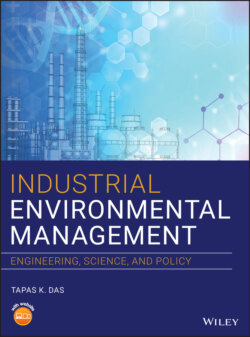Читать книгу Industrial Environmental Management - Tapas K. Das - Страница 158
2.14.9 Education and Training
ОглавлениеEnvironmental law courses are offered as elective courses in the second and third years of JD study at many American law schools. Curricula vary: an introductory course might focus on the “big five” federal statutes – National Environmental Policy Act (NEPA), Clean Air Act, CWA, CERCLA (Superfund), and Resource Conservation and Recovery Act (or, alternatively, the Federal Insecticide, Fungicide, and Rodenticide Act) – and may be offered in conjunction with a natural resources law course. Smaller seminars may be offered on more focused topics. Some US law schools also offer an LLM or JSD specialization in environmental law. Additionally, several law schools host legal clinics that focus on environmental law, providing students with an opportunity to learn about environmental law in the context of real world disputes involving actual clients (Babich 2004). U.S. News & World Report has consistently ranked Vermont Law School, Lewis & Clark Law School, and Pace University School of Law as the top three Environmental Law programs in the United States, with Lewis & Clark and Vermont frequently trading the top spot.
Many American law schools host student‐published law journals. The environmental law reviews at Yale, Harvard, Stanford, Columbia, NYU, and Lewis & Clark Law School are regularly the most‐cited such publications (http://lawlib.wlu.edu/LJ).
International environmental lawyers often receive specialized training in the form of an LLM degree at US institutions, after having a first law degree – often in another country from where they got their first law degree.
